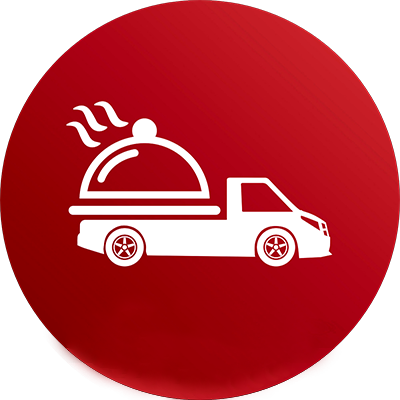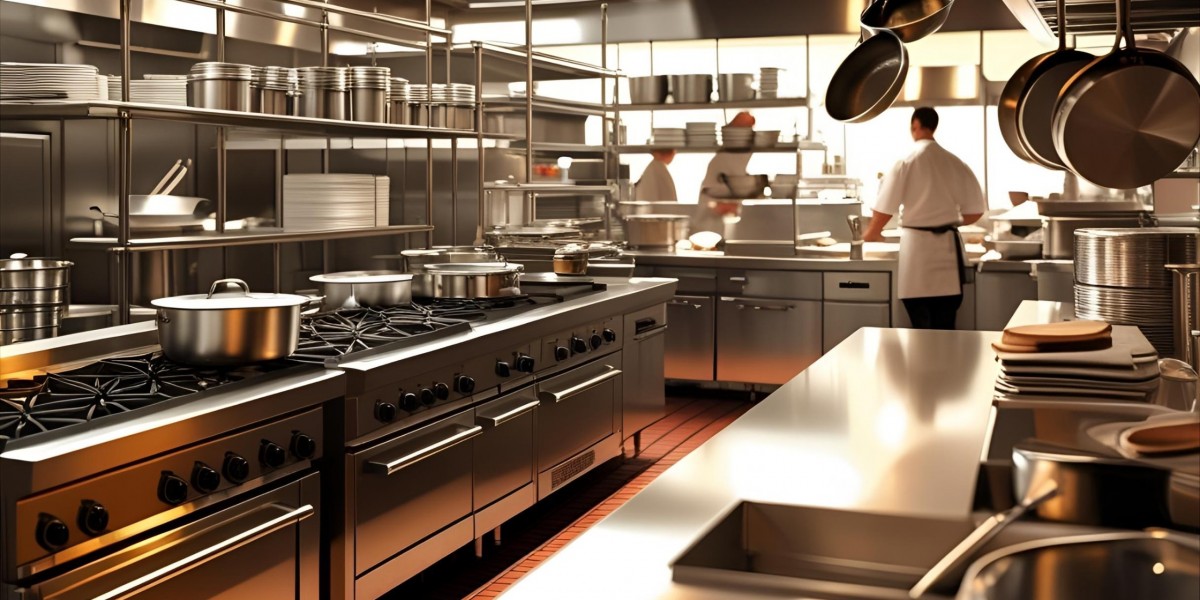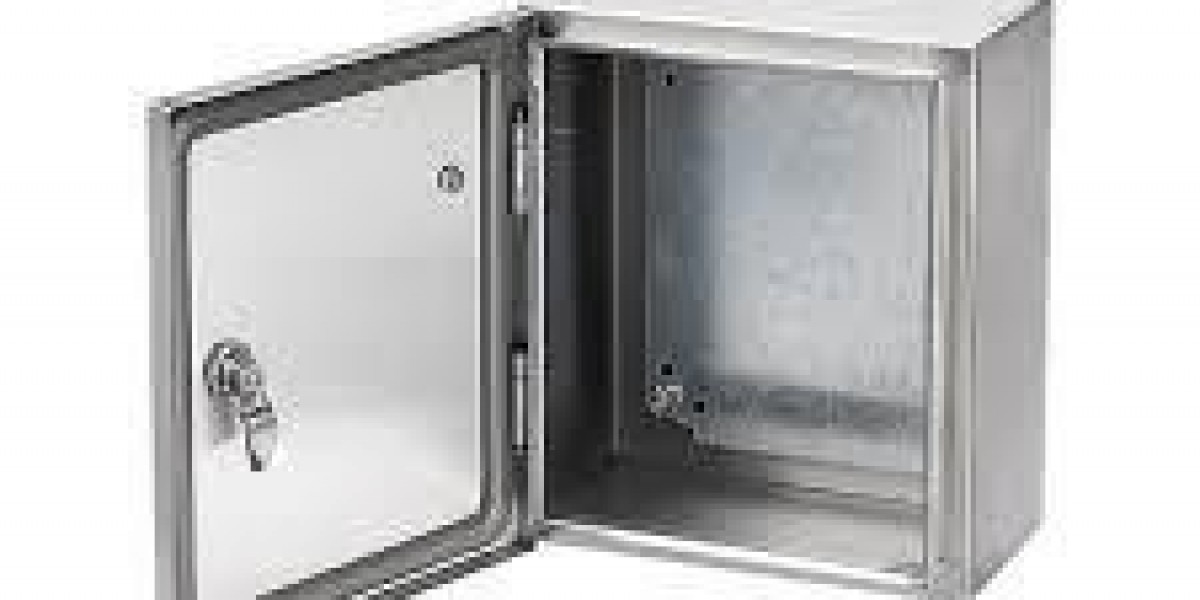In the bustling world of commercial food service, the restaurant kitchen is more than just a place to prepare meals—it's a scientifically engineered environment. From its ventilation and plumbing systems to the choice of cooking surfaces and drainage, every aspect of a professional kitchen is designed with science at its core.
What sets a restaurant kitchen apart from a home kitchen isn't just scale; it's precision. Like laboratories, these kitchens must maintain strict standards for hygiene, temperature control, and safety, all while withstanding constant stress and heavy usage. At the heart of this performance is material science—the careful selection of metals, polymers, and composite materials that can endure intense conditions.
1. The Industrial Engine Room of Food
Imagine a restaurant kitchen during peak hours: flames flare, knives flash, steam rises, and pans clang. This controlled chaos is supported by a meticulously organized infrastructure. Each part of the system must function seamlessly, often under extreme heat, humidity, and exposure to food acids and cleaning chemicals.
Kitchens are built to:
Maximize workflow through optimized layouts.
Prevent contamination using food-safe, non-reactive materials.
Support high-volume output without wear and tear.
These goals demand systems that go beyond traditional household design—enter the science of materials.
2. Why Material Selection is Critical
In an environment where food safety and cleanliness are non-negotiable, materials must meet multiple criteria:
Non-reactivity to acids and salts (to prevent leaching).
Resistance to high heat and steam.
Ease of cleaning and resistance to bacterial buildup.
Durability under repeated mechanical and chemical stress.
This is where stainless steel, particularly grade 316, becomes essential. Whether used in countertops, shelves, or piping, 316 stainless offers superior corrosion resistance, especially against salt, acid, and chlorine-based cleaning agents.
3. Plumbing and Drainage: The Backbone of Hygiene
Plumbing is the unsung hero of any kitchen. Every sink, dishwasher, and ice machine must have reliable water access and drainage. Given the nature of commercial kitchens, these systems are exposed to:
High-temperature water
Food waste with strong organic acids
Grease and oil deposits
Aggressive chemical detergents
For this reason, 316 Stainless Steel Pipe is often used in kitchen plumbing. Its molybdenum-enhanced composition provides excellent resistance to chloride-induced corrosion, making it a top choice in environments where hygiene and longevity are paramount.
From hot water supply lines to drainage in seafood and brine-intensive zones, this material ensures that kitchen plumbing won't rust, leak, or become a breeding ground for bacteria.
4. Ventilation: Controlling Heat and Particulates
Cooking produces heat, grease vapor, and airborne contaminants. Without proper ventilation and air exchange, the kitchen becomes unsafe, not just for staff comfort but for fire prevention and air quality.
Scientific principles at play include:
Air pressure differentials to keep contaminated air away from dining areas.
Heat recovery systems to improve energy efficiency.
Grease filters and ducting systems that trap particulates without clogging.
Again, materials matter: ducting and filters must resist heat, moisture, and chemical attack. Stainless steel remains the go-to choice, maintaining strength and sanitation over long operational cycles.
5. Food Contact Surfaces and Sanitation
Everything that touches food—from countertops to storage bins—must comply with food-grade standards. Stainless steel is ideal because:
It doesn’t react with acidic foods (like tomatoes or vinegar).
It’s non-porous, so it doesn’t harbor bacteria.
It withstands repeated sanitation cycles using steam, chemicals, or high-pressure water.
In zones where corrosion resistance is especially critical—such as those handling pickled foods or seafood—grade 316 is used over the more common 304 steel. This minor upgrade in alloy composition offers major benefits in durability and food safety.
6. Fire Prevention and Structural Safety
Restaurant kitchens pose serious fire risks due to open flames, hot oils, and rapid operations. Science helps mitigate these risks through:
Automatic suppression systems triggered by high heat.
Grease management systems that prevent buildup.
Flame-resistant materials in surfaces and hood systems.
Materials must retain strength and shape even under sudden temperature spikes. This is another area where stainless steel shines, especially when integrated into fire-resistant ductwork and hood systems.
7. Kitchen Ergonomics and Engineering
Science doesn’t stop at heat and hygiene. Industrial engineering informs the layout and design of kitchens to reduce:
Cross-contamination risks
Worker fatigue
Bottlenecks during peak hours
Materials like stainless steel also enable the fabrication of modular, mobile units—from prep tables to refrigeration systems—that can be reconfigured easily. The balance of strength and formability allows customization without compromising durability.
8. Meeting Regulations with Scientific Precision
Restaurant kitchens must comply with stringent standards from organizations like:
FDA (Food & Drug Administration)
NSF (National Sanitation Foundation)
ISO (International Standards Organization)
These agencies require testing of materials for chemical inertness, thermal resistance, and microbial resistance. Engineers and designers turn to scientifically validated materials that not only meet but exceed these requirements—ensuring peace of mind for owners and inspectors alike.
Conclusion: Kitchens as Case Studies in Applied Science
Though often overlooked, the restaurant kitchen is a scientific environment in motion. It’s where physics, chemistry, fluid dynamics, and material science all come together under high-stress conditions.
Every decision—from pipe materials to ventilation flow—impacts food safety, operational efficiency, and long-term sustainability. Choosing the right material, like 316 Stainless Steel Pipe, isn’t just about corrosion resistance—it’s about ensuring a clean, safe, and high-functioning kitchen that stands the test of time.
Whether you’re designing a kitchen from scratch or upgrading systems to meet stricter hygiene standards, understanding the science behind the setup can help you make better, smarter, and safer decisions.
































